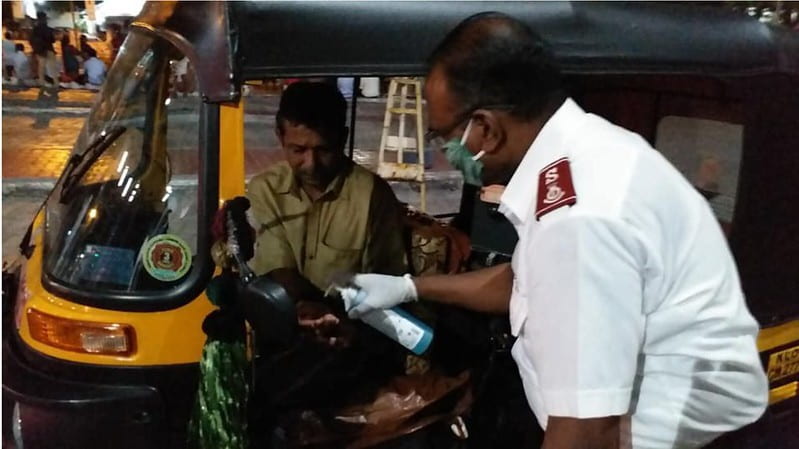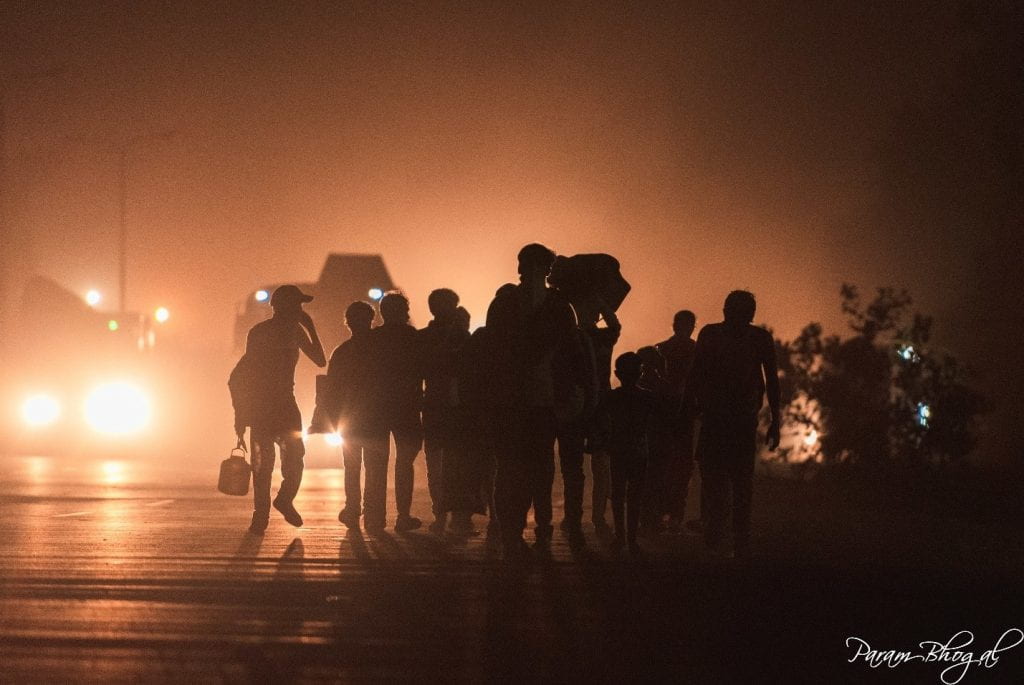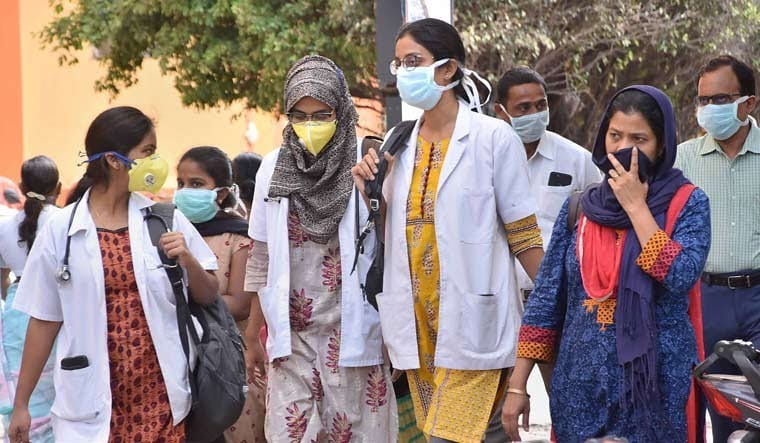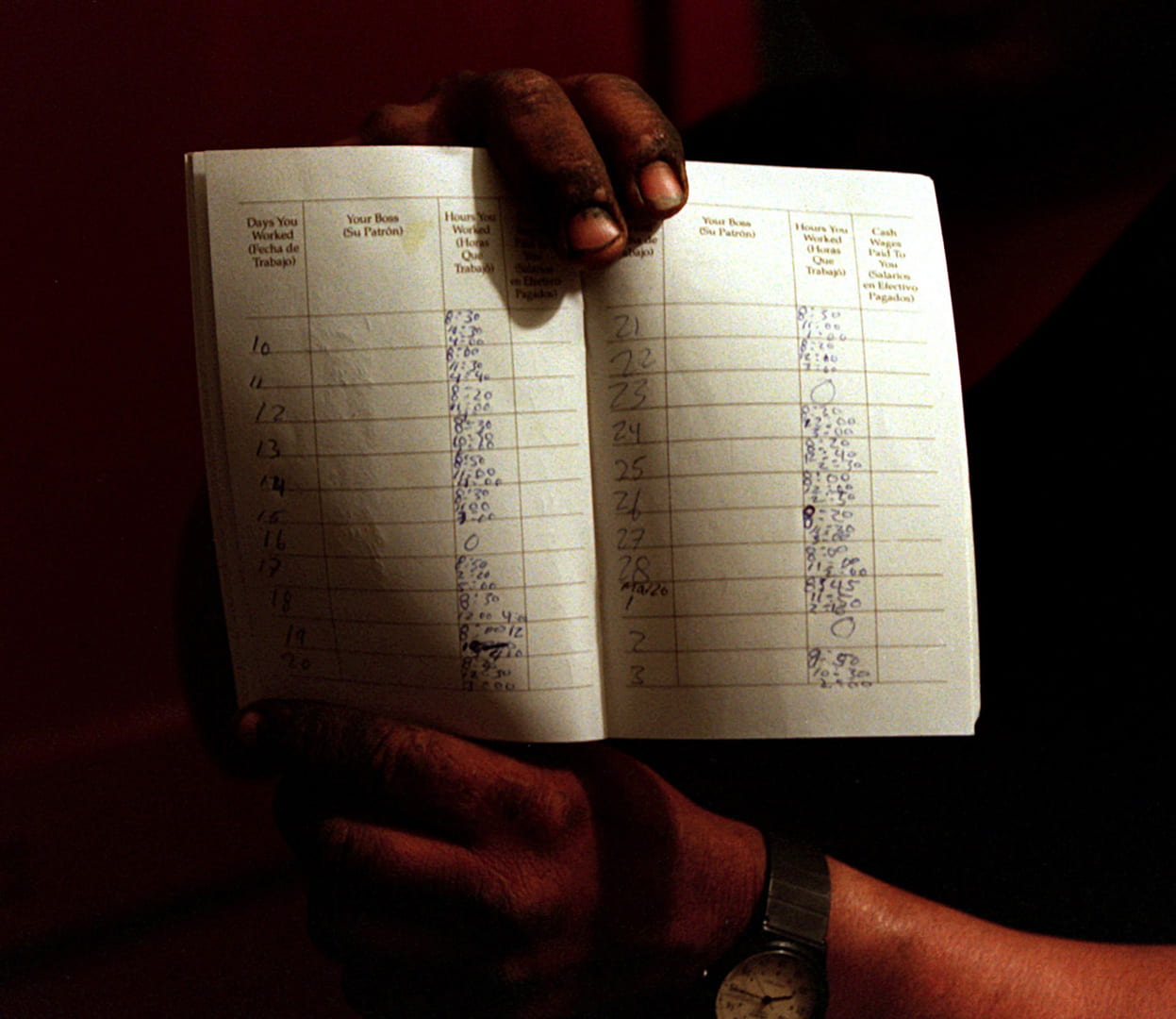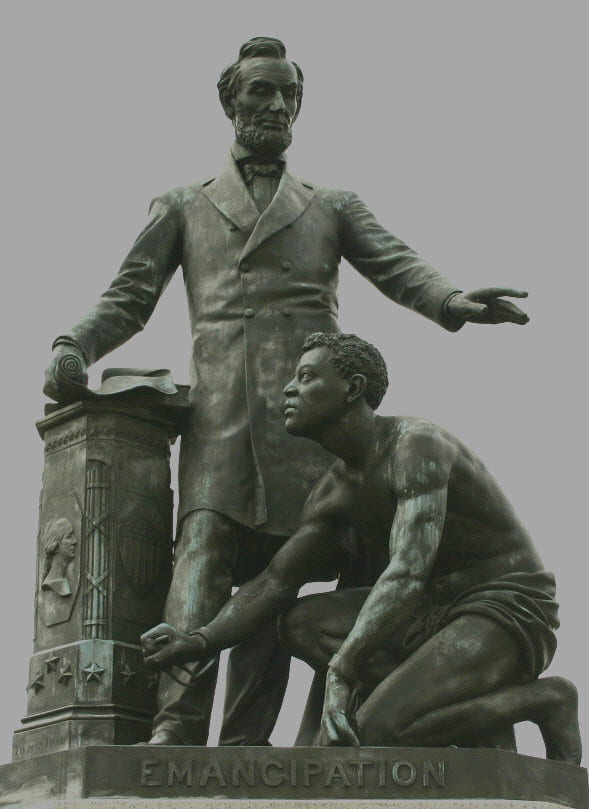by Caitlin Cerillo
Have you ever had a glass of wine and wondered how it’s made? Or, pondered what it comes from and how long the wine-making process takes? Who is responsible for making it? Surely, the wine industry has been modernized, where mechanical inventions can do most of the handiwork when creating a delicious bottle of wine used for birthdays, weddings, anniversaries, and other milestone celebrations.
Unfortunately, this isn’t the case. The wine industry has had a history of exploiting its workers by forcing them to work in extremely poor conditions and grueling hours. Wine-making follows an intricate process, starting with the harvesting of grapes in vineyards. Mechanical harvesting does exist and is generally quicker than doing so by hand, as the average human can harvest 1-2 tons a day, while a machine can harvest 80-200 tons. However, human harvesting is still favored because it offers a more precise selection and lessens the severity of oxidation getting to the grapes due to damaged skins.
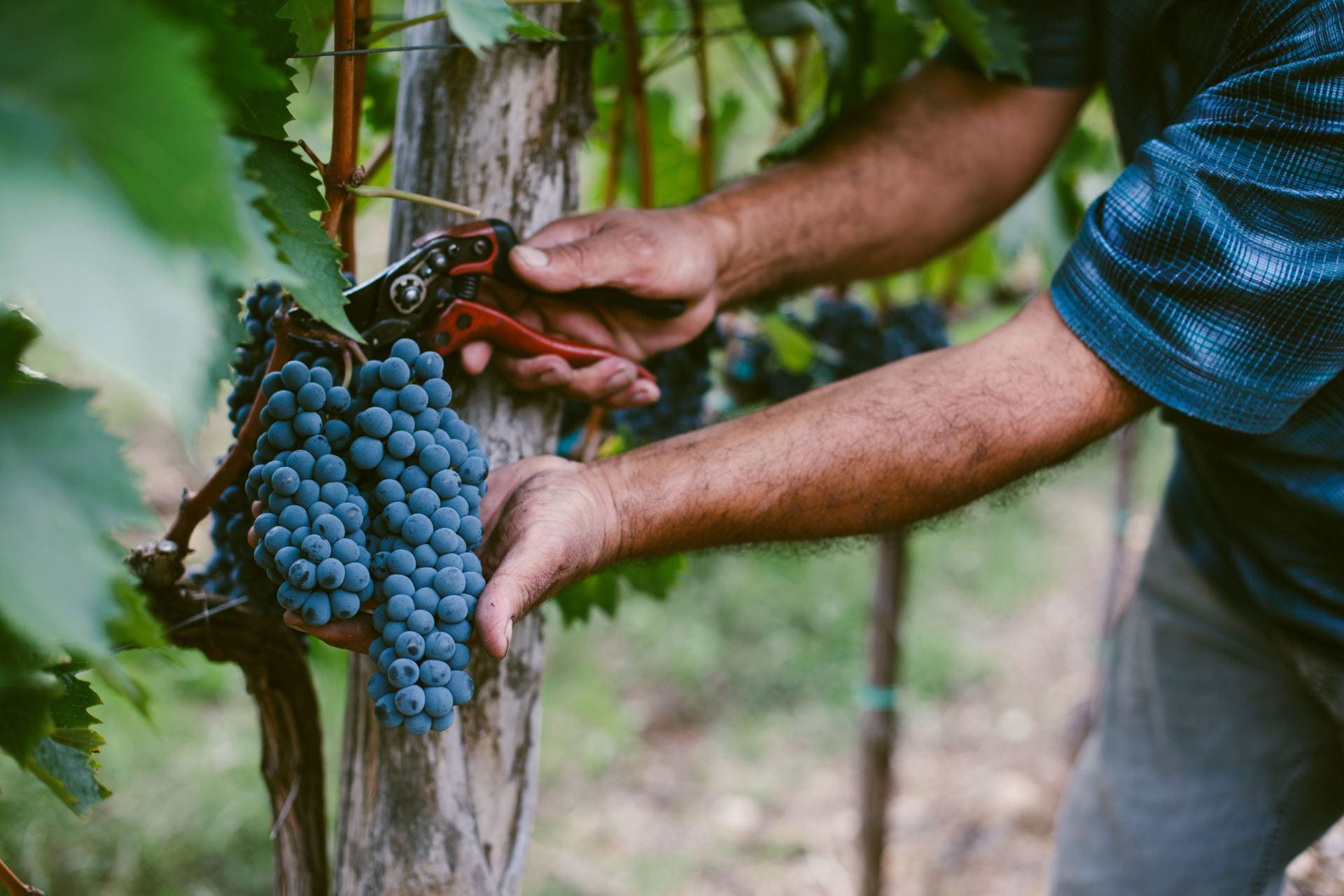
The amount of grapes needed to produce a standard-size bottle of wine varies depending on the style of wine. However, a general number given by experts is an average of 1.25 to 1.50 kilograms, or 2.75 to 3.3 pounds. With the amount of wine that is produced worldwide within just a year, this adds up to a huge demand for grape pickers to supply the lucrative wine business. In the world, there are two primary countries responsible for the largest number of wine production: Italy and France. Both countries have come under fire for unethical practices in their wine production and human rights violations that include human trafficking, exploitation, and extremely poor working/living conditions for workers.
What is Human Trafficking and Exploitation?
Human trafficking is a huge issue across the world. The United Nations Office on Drugs and Crime (UNODC) defines human trafficking as the “recruitment, transportation, transfer, harboring or receipt of people through force, fraud or deception, with the aim of exploiting them for profit.” Human trafficking can come in many different forms, like sex trafficking, forced labor, and child sex trafficking. Victims of human trafficking can come from any kind of age group, gender, and background.
However, specific groups may be more vulnerable than others. These groups include people separated from their families or other support systems, refugees or migrant workers, sexual and gender minorities, people with disabilities, and members of lower socio-economic groups. According to the Centers for Disease Control and Prevention (CDC), human traffickers will use manipulation tactics and exploit the vulnerabilities of their victims, which is why these specific groups are at heightened risk.
Italy
In September 2021, a humanitarian organization by the name of Oxfam released a Human Rights Impact Assessment (HRIA) on the Italian wine supply chain to assess their impact on human rights. The HRIA is titled “The Workers Behind Sweden’s Italian Wine” and focuses on the primary Italian wine supply chain in Sweden, Systembolaget. The HRIA’s objectives were to perform a context analysis on Systembolaget in order to “build an understanding of the nature of the Systembolaget supply chains” and then to “identify the actual and potential human rights impacts in Systembolaget supply chains in practice.”
Oxfam’s HRIA does a great job at going more in-depth with the current human rights violations occurring in the Italian wine industry, along with the potential human rights violations that are at high risk of coming to fruition. To summarize, Oxfam found several serious violations: forced labor, low wages, excessive working hours, health and safety risks in vineyards and wineries, lack of access to remedy, restrictions to freedom of association, sexual harassment and gender discrimination, and unsanitary housing. To read more about Oxfam’s findings, follow this link.
France
France’s primary region for wine production is called the Champagne region, located roughly to the east of Paris. In late 2023, a large portion of the region was shut down by French authorities and put under investigation for human rights violations. Wine-makers in the Champagne region are migrants primarily from West African countries. It was discovered that the lodgings that provided housing to the migrant workers were of poor quality, with makeshift beds surrounded by electrical cables and extremely unsanitary bathroom facilities.
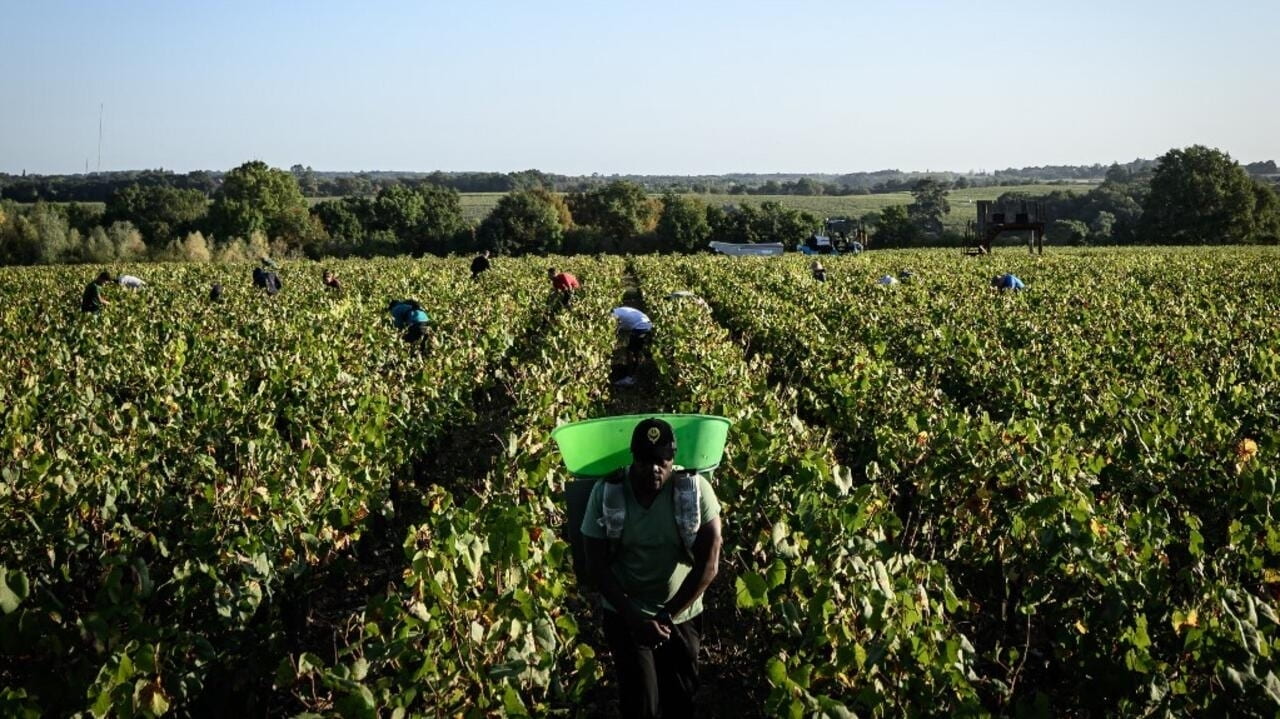
The investigation also found that the contractors responsible for hiring the migrant workers exploited their vulnerabilities, as they were willing to work, even without proper contracts and for extremely low wages. At the end of the 2023 harvest season, another trafficking investigation was opened by authorities, which involved 160 laborers from Ukraine living in poor conditions in another area of the Champagne region.
South Africa
Although South Africa isn’t at the very top of the list of wine-producing countries, it has been accused of violating several human rights for years. In 2011, Human Rights Watch released a report titled “Ripe with Abuse: Human Rights Conditions in South Africa’s Fruit and Wine Industries,” detailing the problems surrounding the country’s industries. For over a decade, numerous attempts have been made to improve them, as well as conditions on farms. For instance, the Wine Industry Ethical Trade Association was created in 2002. Unfortunately, significant improvements have yet to be made to rectify the issues at hand.
South African farmworkers who supply the grapes needed for wine are vulnerable to some of the following human rights violations: exposure to pesticides and harmful chemicals, working long hours, and being forced to work in extreme weather conditions. Many farmworkers don’t even have access to safe drinking water, toilets, or livable housing. They face difficulty in forming a union to bring attention to the injustices they face. Like Italy and France, South African farmworkers receive low wages and little to no protection from the government.
The Future of the Wine Industry
There are many possible routes that can be taken to improve the working conditions for wine-makers. One of the most productive ways includes wineries turning to certifications that can help lay a groundwork for better standards, like environmental sustainability and safe working conditions. These certifications can help ensure that wineries are being held to their promises. Several wineries across the world have turned to certification efforts, like Chile’s Emiliana Organic Vineyards, which is certified under B Corp. B Corp was established in 2006, with the initiative of encouraging accountability, transparency, and environmental performance in business. Similarly, Italy has founded the Equalitas standard in 2015, which is specifically aimed at the wine industry.
